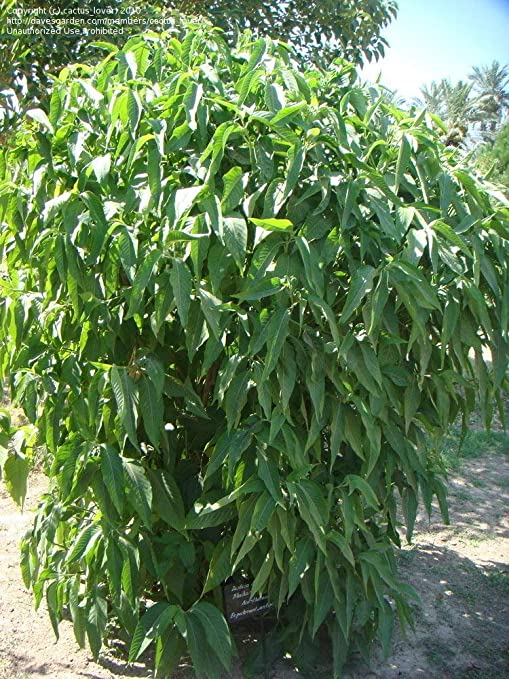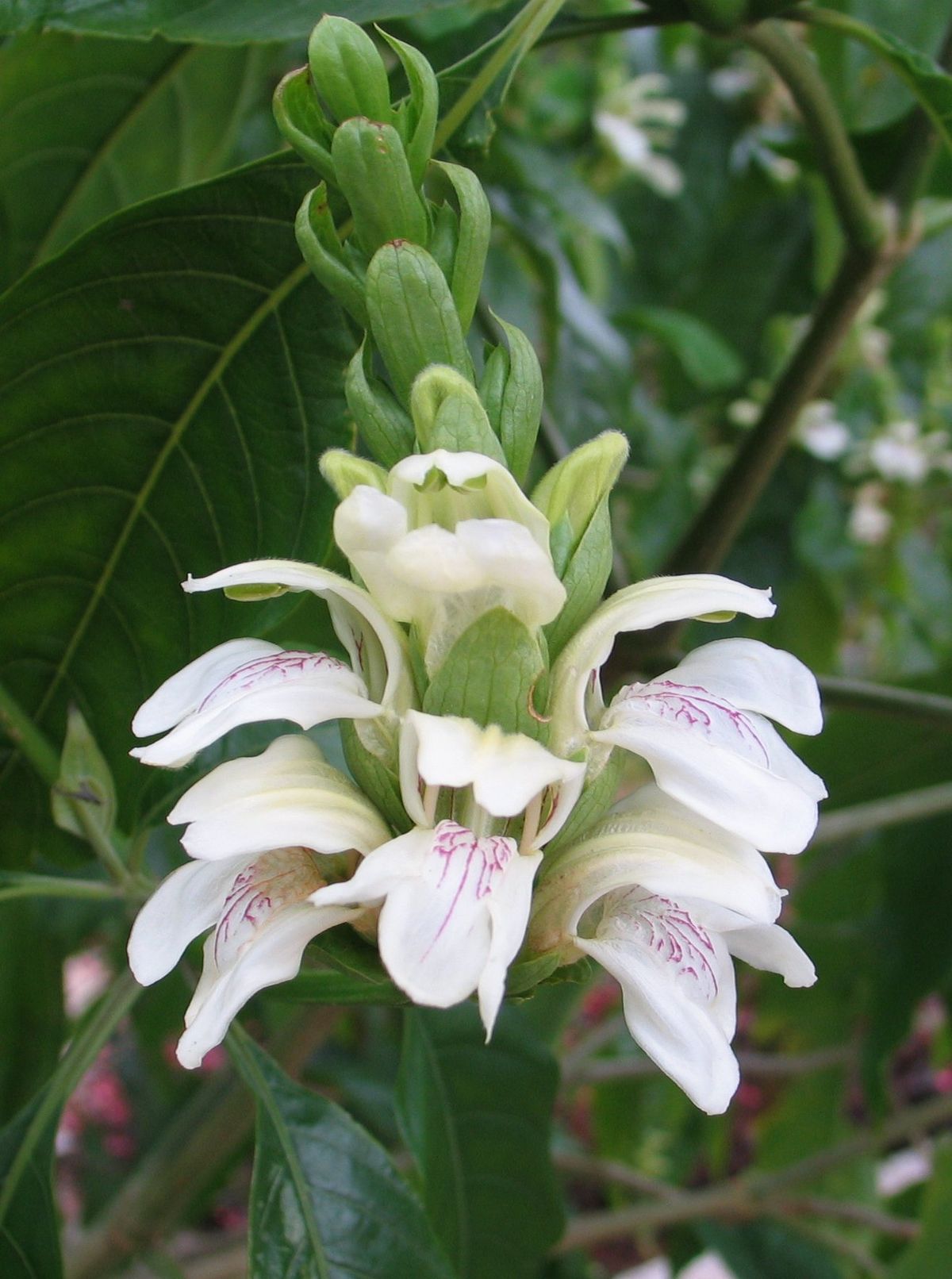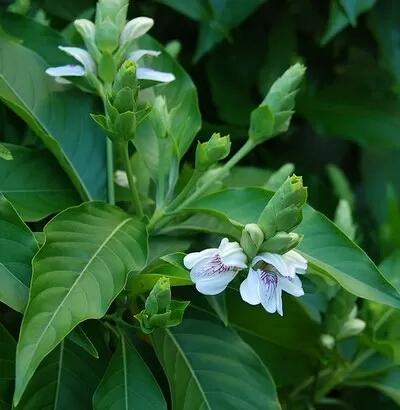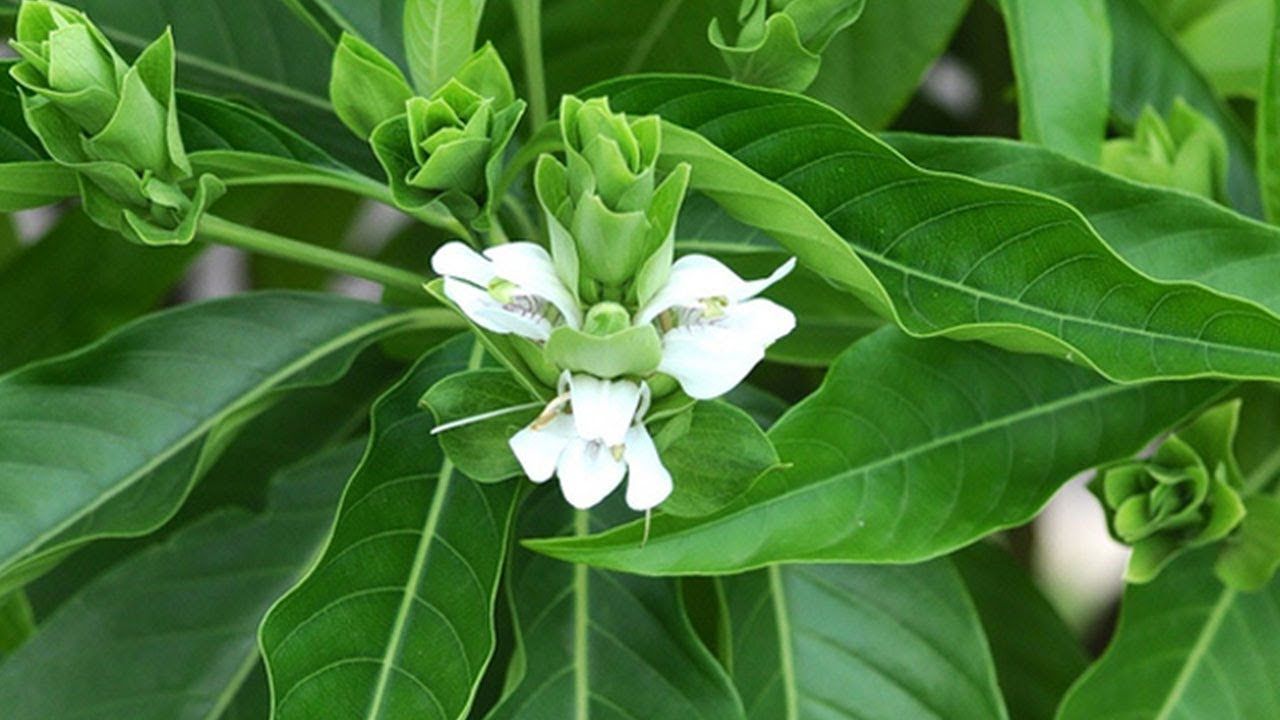MALABAR NUT
Justicia adhatoda
|
Reference No : |
0000011 |
|---|---|
|
Scientific Name : |
Justicia adhatoda |
|
Sinhala Name : |
ආඩතෝඩ (ADATHODA), පාවට්ටා (PAWATTA), අගල් අදර (AGAL ADARA), වනේපලා (WANEPALA), වැටහෙර (WETAHERA), දත් අනෝදා (DATH ANODA) |
|
Tamil Name : |
ஆடாதோடை (ADATODAI), வாசை(VACHI) |
|
Other Common Names : |
Common Cough Cure |
|
Synonyms : |
|
|
Plant Family : |
Acanthaceae |
|
Plant Group : |
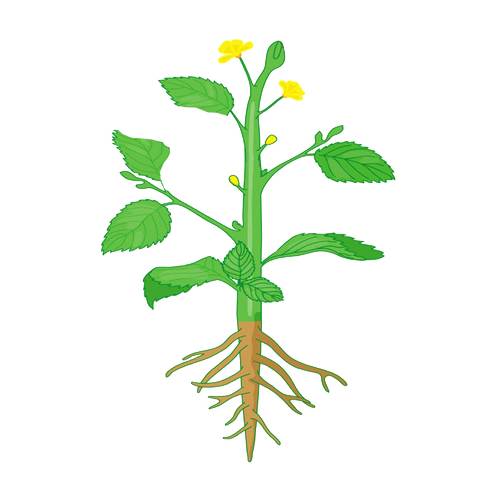 Angiosperms (Enclosed Seed) |
|
Plant Types : |
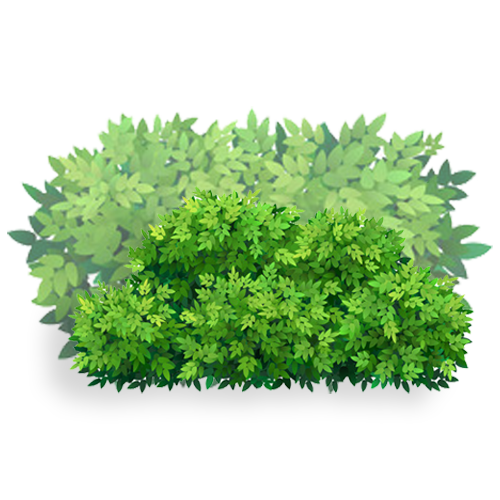 Shrubs
Shrubs
|
|
Crown Architecture : |
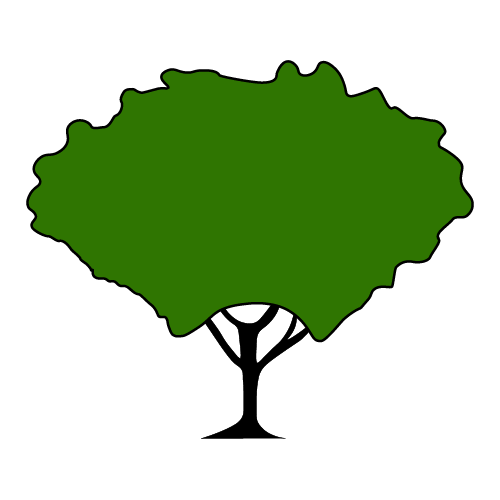 Vase Canopy
Vase Canopy
|
|
Plant Categories : |
Agricultural plants; Aromatic Plants; Border Plants; Colorful Plants; Common Landscaping Plants; Dark Green Plants; Dry Zone Plants; Edible Plants; Flowering Plants; Fruiting Plants; Ground Covers; Hedging Plants; Herbal Plants; High Leaves Density Plants; Home Garden Plants; Intermediate Zone Plants; Kitchen Garden Plants; Low Maintenance Plants; Ornamental Plants; Small Shrubs; Fast Growing Plants; Vertical Landscape Plants; Wet Zone Plants; Wild Plants; Cultivating plants; Evergreen Plants; Shade Loving Plants; Bushy Plant; Decorative plants |
|
Native Region(s) : |
Afghanistan to Indo-China |
|
Plant Distribution(s) : |
India; Sri Lanka; Malaysia; Vietnam |
|
Habitat : |
The plant grows in plains and in lower Himalayan ranges up to 1000m above sea level. |
|
Elevation : |
Above sea level up to 1,300 m |
|
Average Height : |
2 - 3m |
|
Maximum Height : |
5m |
|
Average Width : |
3m |
|
Maximum Width : |
5m |
|
Root System(s) : |
Tap Root |
|
Propogation(s) : |
By Seeds; By Cutting |
|
Average Longevity : |
Perennial |
|
Medicinal Use : |
Yes |
|
Medicinal Value : |
A decoction of the boiled leaves together with other plant elements is commonly taken as an effective remedy against coughs, asthma, phlegm and fever. The whole plant is antiinflammatory, antispasmodic, febrifuge, pectoral. It is used to remove phlegm and as a treatment for excessive menses. The roots and leaves are widely used in the Ayurvedic and Unani systems of medicine in India and Thailand for treating bronchitis, asthma, fever and jaundice. A medicine for setting broken bones, relieving pain, resolving phlegm. About 50 g of the freshly collected root is boiled and mixed with cow milk (125 ml), then given orally once a day as a treatment for diabetes. The plant is potential anti-diabetic due to the presence of the compounds vasicine and vasicinol. The plant is said to have definite expectorant activity and is used in the treatment of bronchitis. |
|
Benefits & Uses : |
The young tender shoots are boiled and eaten with salt. The plant is often used in hedges. The plant is traditionally grown in living fences in the northwestern Himalayas, where it helps to exclude livestock and other animals; mark out land boundaries; whilst also providing a range of medicinal and other uses. The plant is used for reclaiming waste land. The leaves, when boiled with the sawdust of Jack wood (Artocarpus integrifolia), yield a yellow dye. Extracts of the leaves are used as insecticides and fungicides. The wood is made into beads. The wood is used for fuel and a good quality charcoal is made from it. |
|
Special Features : |
Every part of plant has medicinal value |
|
Plant Disease(s) : |
Leaf Spot |
Foliage |
|
|
Leaf / Habit : |
Evergreen |
|
Leaf Shape : |
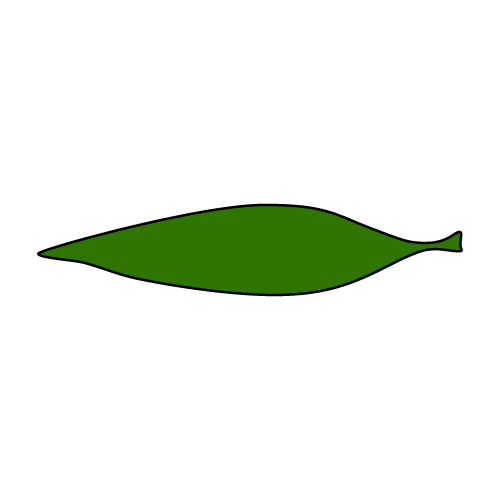 Lanceolate shape
Lanceolate shape
|
|
Arrangements : |
Simple |
|
Leaf Arrangement : |
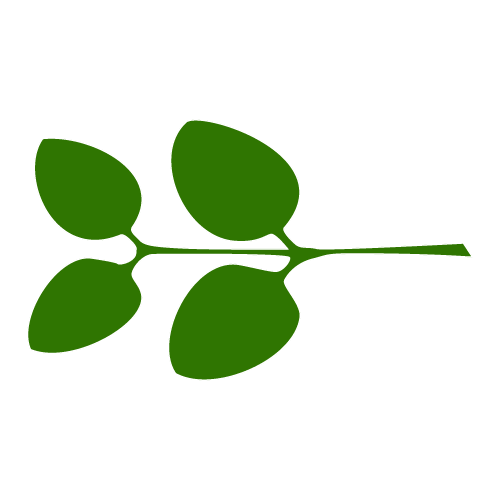 Opposite leaf arrangement
Opposite leaf arrangement
|
|
Leaves : |
Leaf: 11-28.2 X 4.2-9.4 cm up to 25 cm (10 in) long, on top bright green and prominently ribbed, underneath pale green smooth-edged, and borne on short petioles |
Flowering |
|
|
Is Flowering : |
Yes |
|
Blossoms : |
White, inflorescence shows large, dense, axillary spikes |
|
Blooming Season : |
January; February; March; April; May; June; December |
Fruiting |
|
|
Bears Fruits : |
Yes |
|
Fruit : |
Capsule, pubescent, and are with club-shaped capsules |
|
Fruiting Season : |
January; February; March; April; May; June; December |
|
Seeds : |
Large, non-endospermic and provided with hooks (Jaculators). |
Maintenance |
|
|
Level : |
Low |
|
Soil Types : |
Sandy Soil; Loam Soil; Neutral Soil (pH 6.6-7.3); Well Drained Soil |
|
Water : |
Medium/Moderate |
|
Sunlight : |
Full; Semi Shade |
|
Humidity : |
High; Average |
Edibility |
|
Legal Status |
|
If you find any errors, please email us at info@biophilia.lk
